MARKET OVERVIEW
The global construction sealants market and market will remain to be an integral aspect of contemporary infrastructure and architectural growth. The market deals with materials that prevent fluids from passing through the surfaces, joints, or apertures in building construction. Construction sealants provide durability in resistance to moisture, thermal insulation, and structural stability to buildings to provide them with stability and security under varying environmental conditions.
The extent of the global construction sealants market will cover residential, commercial, industrial, and institutional markets. It will provide products for structural glazing, expansion joints, flooring systems, curtain walls, and sanitary installations. As the complexity of architectural designs increases and construction materials become more diversified, the market will provide formulations to react to particular substrates, performance requirements, and application methods. Sealants specific to metal, concrete, glass, wood, and plastic will remain compatible with newer building practices. Product differentiation will occur by chemistry and application environment.
Silicone sealants, for example, will continue to be a popular option where there are severe temperature fluctuations, and polyurethane-based products will continue to be used for load-bearing applications because they have mechanical strength. Hybrid products will be formulated to blend elasticity, weatherability, and curing rate to provide adaptable performance in both interior and exterior conditions. Fire-resistant and low-emission products will be featured by the global construction sealants market to meet safety standards and indoor air quality.
The regional pattern of the global construction sealants market will mirror climatic variation, density of urban areas, building regulations, and local construction methods. Urban areas that are being refurbished and upgraded will embrace high-performance sealants for retrofit applications. Rural and emerging regions will seek economical, long-lasting solutions compatible with local weather conditions and prevalent building materials. Climate-based issues like humidity, heatwaves, and freeze-thaw conditions will drive the way sealants are compounded and applied. Application technology innovation will affect the delivery of products to end users. From hand-held dispensing equipment on small projects to robotic systems on high-rise buildings, the application technologies will become more economical, minimizing waste and labor.
Data-based construction management systems will enable project managers to better monitor sealant performance and lifecycle expectations. The integration of digital with building information modeling (BIM) platforms will further boost the planning and execution stages of construction. Suppliers in the Global Construction Sealants industry will work alongside architects, builders, and engineering companies to cause more specifications on their products to align with project needs. Compliance to regulatory demands will persist in influencing product development, especially concerning environmental requirements and energy efficiency regulations. Sealants with lower environmental impact in terms of low volatile organic compound (VOC) content and recyclable packaging will gain recognition among builders and regulatory bodies. The global construction sealants market will continue to be of importance in the built environment as construction works grow in complexity and size. With greater focus on performance, sustainability, and technological compatibility, the global construction sealants market will provide superior material solutions that guarantee long-lasting protection and efficiency in a range of building types and climates.
Global construction sealants market is estimated to reach $6,626.02 Million by 2032; growing at a CAGR of 3.7% from 2025 to 2032.
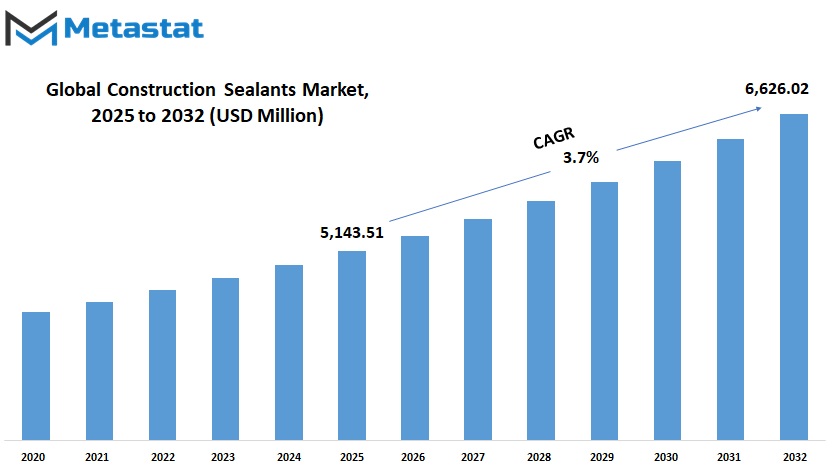
GROWTH FACTORS
The global construction sealants market is poised for gradual growth in the future, driven by a variety of factors determining its path. With developments in construction towards enabling intelligent infrastructure and longer-lasting buildings, roads, and industrial projects, the global construction sealants market utilized in structures, roads, and industrial developments will grow. The most significant driver of growth is increasing emphasis on sustainability. Builders are now more aware of how certain materials affect the environment, and sealants that offer eco-friendly benefits will stand out. Alongside this, advancements in material science are allowing companies to produce sealants that last longer and perform better in extreme weather, which makes them more attractive to both contractors and project planners. Another important factor is the increase in urban development projects worldwide.
As cities grow, demand for additional residential, commercial, and industrial space will increase. This will necessarily increase construction sealant use in a variety of applications. Increased focus towards energy-efficient buildings also comes into play. Properly sealed buildings conserve interior temperatures and energy consumption. This practical advantage will facilitate additional development in the global construction sealants market, particularly as governments and individual investors encourage more sustainable construction practices. Some issues may temper this development, though. One is the volatile price of raw materials.
Because sealants tend to be petroleum-based products, oil price fluctuations can influence the cost of manufacturing and hence selling prices. Another possible stumbling block is the strict regulation in certain areas. Though these regulations aim to safeguard human health and the environment, they may restrict the kind of ingredients, potentially influencing the way that businesses operate or innovate. In spite of these issues, there are decent reasons to anticipate robust future prospects. The ongoing expansion of smart cities and upgrading of infrastructure across much of the globe will drive new demand. In addition to this, continued demand for waterproofing, fire resistance, and air sealing of buildings will continue to drive innovation.
Because new building designs require increasingly flexible and dependable sealing solutions, firms that commit to research will be well positioned. With the appropriate combination of innovation, awareness, and international cooperation, the global construction sealants market will be in a good position to expand in the future.
MARKET SEGMENTATION
By Resin Type
The global construction sealants market is anticipated to change dramatically over the next few years as technology continues to impact building processes. The demand for durable, flexible, and long-lasting sealants has increased with the requirement for more efficient and sustainable building. Of the resins utilized, silicone, polyurethane, and polysulfide are gaining greater importance because of their performance across different environmental conditions.
Silicone sealants are well known for weather resistance and flexibility, particularly in use where durability is needed in sunlight and moisture. With the increasing implementation of green building codes and energy conservation measures by nations, silicone will continue to be sought after. Its application in curtain walls, windows, and other exterior components of buildings places the product in demand both in residential and commercial building. In the future, manufacturers are likely to look at developing its formula to make it greener in a way that does not compromise its strength. Polyurethane is another major resin that complements the demands of a construction industry.
It is a good adhesive with good indoor and outdoor applications. It performs well on different surfaces and remains one of the most popular options with many professionals. As metropolitan infrastructure increases and intelligent buildings become the norm, polyurethane sealants will probably be modified to cope with evolving performance and safety expectations. There will also be increased pressure to create variants with lower emissions and easier recyclability. Polysulfide, although used less frequently, is prized for fuel and chemical resistance. This renders it especially suitable in buildings where such exposure is anticipated, e.g., airports or chemical plants. As infrastructure work becomes increasingly technical and complex, there will be a role for polysulfide sealants, provided that new means are developed to reduce their environmental footprint. There are other resins in the global construction sealants market. There are acrylics, butyls, and synthetic types. There are various applications of them depending on cost, flexibility, and resistance. Although they are not as popular, there could be an increased usage if they are enhanced through innovations to become better in quality and adaptability.
In the future, the global construction sealants market will be influenced by increasing environmental awareness, emerging design trends, and intelligent technology. Businesses that specialize in producing safer, more flexible, and environmentally friendly products will be the industry leaders as the requirements of the construction business continue to evolve.
By Application
The global construction sealants market will remain a crucial contributor to building and infrastructure development in the future. As urban populations expand and cities develop, the demand for strong, weather-resistant, and long-lasting sealant material will consistently increase. Sealants assist in maintaining buildings watertight, energy-efficient, and structurally secure. As time passes, their role will only expand as newer construction innovations become available and sustainability expectations are heightened.
By application, the global construction sealants market has various divisions like glazing, flooring and joining, sanitary and kitchen, and others. All these segments are expected to experience shifts in the material and method applied. In the case of glazing, sealants are employed to secure glass panels and prevent air and water seepage. In the coming years, applications in glazing will concentrate on enhancing the energy efficiency. Therefore, sealants will be required to provide better insulation without compromising on flexibility and performance across various weather conditions. Flooring and joining uses will also advance. Sealants applied in these areas must contend with pressure, movement, and repeated usage. Future demand will shift toward products that are longer-lasting and simpler to apply. Contractors will desire products that cure more quickly without compromising strength and become more convenient on fast-paced job sites. Flooring materials themselves are evolving, so sealants applied with them will need to perform with newer surfaces and textures.
Kitchen and sanitary areas need mold-resistant sealants, which remain clean and do not degrade under heat or moisture. These are typically heavy-use areas, and individuals want them to be safe as well as attractive. Sealants for kitchen and bathroom applications will have to be higher in terms of health and safety requirements. Manufacturers will develop products with antibacterial properties or that minimize the use of aggressive cleaning chemicals.
Other applications in building, including sealing outdoor spaces or innovative design forms, will need to have elastic solutions that can cooperate with varied building designs and materials. This diversity will compel manufacturers to produce more adjustable products. With a greater prevalence of green buildings, market demand for green sealants that minimize damage to the environment will also increase.
The global construction sealants market will not only expand in size but in aspirations as well. With the world becoming increasingly focused on sustainability, energy efficiency, and intelligent construction, the sealants industry will need to match the pace, providing products that answer current demands while evolving for the future.
By End-use Industry
The global construction sealants market will experience discernible development in the coming times, influenced by altering needs and advancements in the construction sector. As the world urbanizes further and infrastructure takes center stage in most nations, the demand for materials that can provide long-term flexible, and dependable construction increases. Sealants have an unseen but vital contribution in safeguarding buildings and enhancing their performance. They keep water, air, and dust out of buildings, so they are a must in regions with extreme climates or rapidly changing climates. Examining the global construction sealants market with an eye to its end-use markets residential, commercial, and industrial we get a clearer picture of how it is going to develop.
In residential building, individuals are becoming increasingly concerned about energy conservation and comfort. This emphasis is encouraging contractors to employ improved materials, and sealants are included in the movement. New construction and remodeling projects both will realize improved sealing solutions that not only cut energy expenditure but also increase the lifespan of structures. With an increasing number of individuals seeking to create homes that are both resilient and sustainable, demand in this region will likely grow. In commercial buildings, like office buildings and shopping malls, the demand is high for improved quality and longer-lasting buildings. Sealants are extensively used in glass assemblies, facades, and expansion joints, which enable buildings to perform satisfactorily over the years.
As more and more companies try to minimize maintenance expense and prevent downtime, the function of sealants becomes increasingly vital. In addition to offering structural support, they also enhance the safety and aesthetic appearance of a building, which are leading priorities in commercial design today. Industrial applications, like factories and warehouses, then become more about durability and resistance to harsh environments. Strong chemicals, heavy equipment, and temperature changes are common issues for these structures. Sealants in these applications need to be able to withstand those conditions without compromising.
This need for high-performance products will not go away as industries update facilities to better comply with safety and efficiency standards. As the world is headed towards smarter and greener construction practices, the global construction sealants market will do the same. Not only in terms of size, but also in terms of quality, it will increase, providing improved solutions to cater to increasing expectations. Every aspect of the building industry will have a role to play in defining this future, and sealants silently contribute their bit in the background.
|
Forecast Period |
2025-2032 |
|
Market Size in 2025 |
$5,143.51 million |
|
Market Size by 2032 |
$6,626.02 Million |
|
Growth Rate from 2025 to 2032 |
3.7% |
|
Base Year |
2024 |
|
Regions Covered |
North America, Europe, Asia-Pacific Green, South America, Middle East & Africa |
REGIONAL ANALYSIS
The global construction sealants market is influenced by a multitude of regional factors that affect its growth, demand, and direction. Every region has its own growth pace, urbanization levels, and climate-specific requirements, all of which contribute to the usage of sealants and the type preferred. Looking ahead, the global construction sealants market will be influenced not only by activity in construction but also by increasing demand for energy efficiency, sustainable materials, and the trend towards more intelligent infrastructure.
In North America, high-performance sealants will probably continue to be the focus, particularly in the United States and Canada, where the construction of residential and commercial structures calls for great durability because of fluctuating weather conditions. Energy-saving is one goal of projects in this continent, and that further increases the value of sealants with improved insulation capabilities. Mexico can also exhibit gradual growth, as more emphasis is placed on keeping building methods and materials up to date. Europe will remain a prominent segment of the global construction sealants market because of the clear presence of building regulations and green aims.
Germany and France, for instance, are already recognized as having stringent environmental codes, and this is likely to continue. Developers and builders will tend to lean increasingly on sealants that help attain green building certifications. The demand here may strengthen more with increasing renovation of aged buildings, particularly those needing to be sealed for aesthetic as well as energy-saving purposes. Asia-Pacific will probably continue to be the fastest-growing market. With growing urban areas, expanding populations, and rising investments in infrastructure, China, India, and South Korea will necessitate huge quantities of sealants.
This area will also see increased consciousness about quality and long-term performance, which could move the global construction sealants market towards more sophisticated and eco-friendly alternatives. With cities expanding outward and upward, high-rise building sealing solutions, transportation hubs, and public facilities will increasingly become relevant. South America's market development rate can be subject to economic stability, yet rising demand for new housing and government infrastructure projects will create new opportunities. Brazil and Argentina will be among the countries that will see enhanced utilization of sealants in public and private works. Middle East & Africa will tend to be interested in urban development and large infrastructure projects, particularly in the Gulf nations. High heat and sand-laden environments will continue to drive demand for products that can sustain extreme environments. In the long term, the utilization of advanced sealing technology will tend to grow as building codes improve and smart cities start to materialize throughout the region.

COMPETITIVE PLAYERS
The global construction sealants market will continue to experience large-scale transformations with technology and infrastructure needs driving producers to develop innovative products. In the future, this market is set to grow steadily with both new construction work and the desire for durable solutions in maintenance and repair endeavors. With more nations putting funds into infrastructure, particularly in residential, commercial, and industrial structures, demand for high-performance sealants will increase. This will not only impact production levels but also how firms compete and deliver value to customers. One of the key forces defining the market will be the move to sustainable and green products.
Building codes in the future may require lower emissions and safer materials, and firms must adapt rapidly. Such change will put pressure on both small and big manufacturers to re-imagine how their products are produced and consumed. The competition to create more secure, longer-lasting, and simpler-to-apply sealants will be a determining factor in long-term success. Competition among industry leaders will only intensify as they all attempt to be ahead of customer demands and industry standards. Firms like 3M, Sika AG, and Dow Inc. will continue to be at the forefront with massive research and development investments. These are already well-established in the global construction sealants market with their consistent and innovative offerings.
Others like Henkel AG & Co. KGaA and H.B. Fuller Company will continue to break boundaries through alliances, product line extension, and customized solutions across various geographies. These actions will enable them to act quicker to regional needs while still competing globally. Companies like BASF SE, Wacker Chemie AG, and Shin-Etsu Chemical Co., Ltd. could emphasize materials science to create products that are resilient against harsh weather, motion, and aging. Others like Pidilite Industries Limited and Soudal Group could consolidate their positions through effective distribution channels and brand pull. Therefore, the global construction sealants market will witness more intense competition not only on price but also on quality, performance, and innovation. Looking ahead, the future of this industry will be determined by how effectively these actors evolve to respond to changes in the construction requirements, environmental regulations, and the needs of their customers. Those best able to make that evolution will probably lead the way and chart the next stage of development in this expanding sector.
Construction Sealants Market Key Segments:
By Resin Type
- Silicone
- Polyurethane
- Polysulfide
- Others
By Application
- Glazing
- Flooring & Joining
- Sanitary & Kitchen
- Others
By End-use Industry
- Residential
- Commercial
- Industrial
Key Global Construction Sealants Industry Players
- 3M
- Sika AG
- General Electric (GE)
- Bostik (Arkema Group)
- Dow Inc.
- BASF SE
- Henkel AG & Co. KGaA
- H.B. Fuller Company
- Pidilite Industries Limited
- Mapei S.p.A.
- Wacker Chemie AG
- Soudal Group
- Pecora Corporation
- RPM International Inc.
- Shin-Etsu Chemical Co., Ltd.
WHAT REPORT PROVIDES
- Full in-depth analysis of the parent Industry
- Important changes in market and its dynamics
- Segmentation details of the market
- Former, on-going, and projected market analysis in terms of volume and value
- Assessment of niche industry developments
- Market share analysis
- Key strategies of major players
- Emerging segments and regional growth potential



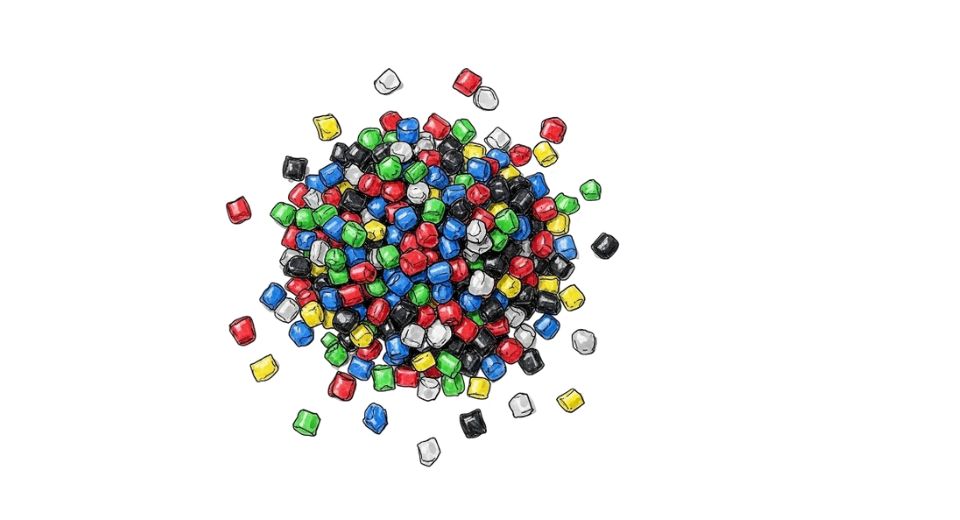
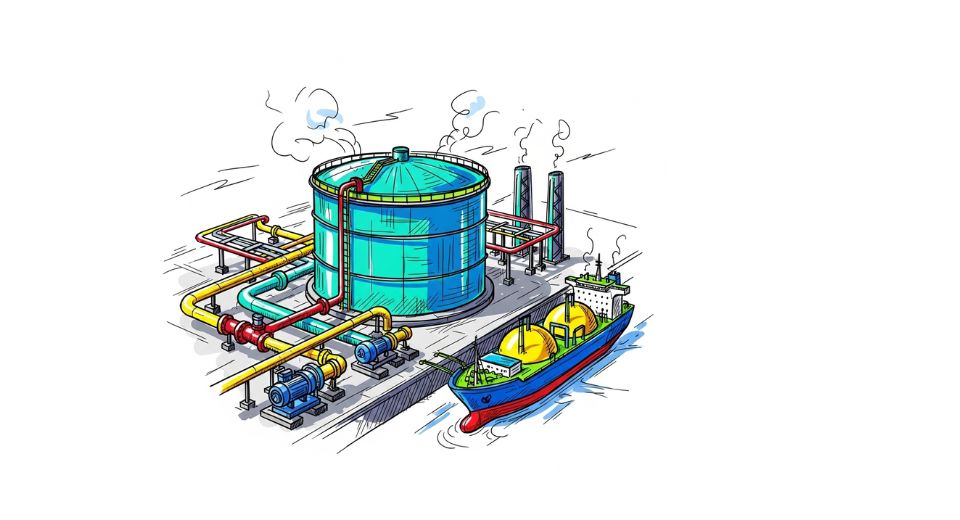
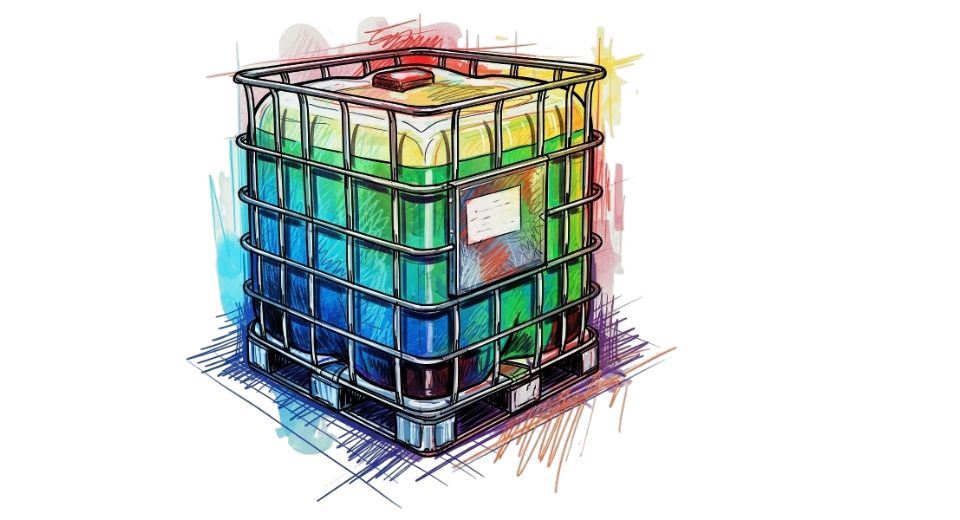
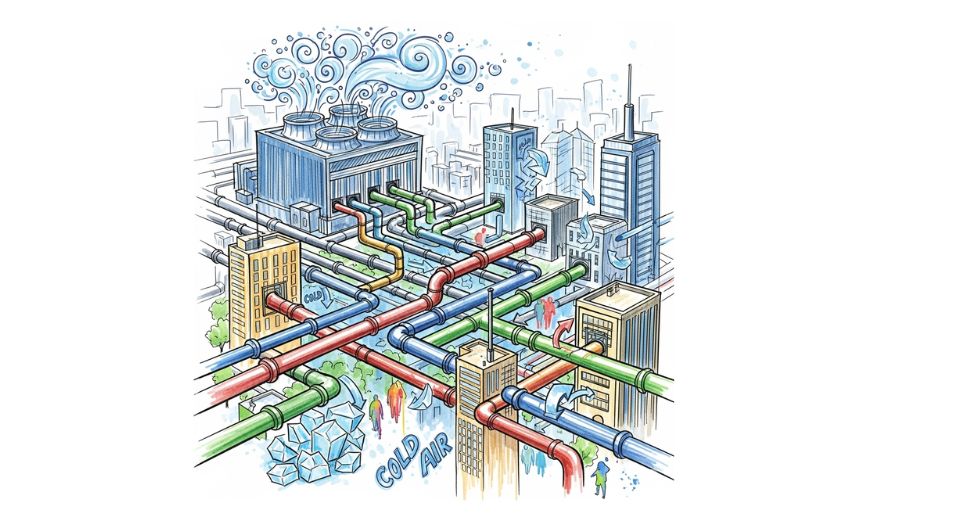

 US: +1 3023308252
US: +1 3023308252






